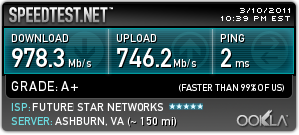One of the interesting features in Windows Server has traditionally been Hyper-V.
Virtualization is the creation of a virtual (rather than physical) version of an IT environment, including an operating system (OS), a storage device, etc.
Virtualization takes place on the same hardware platform after installing specific software – known as a hypervisor.
The hypervisor is an additional layer between physical and virtual spheres; it manages the system’s hardware resources so they are distributed efficiently among virtual machines (VMs).
Hyper-V, codenamed Viridian and formerly known as Windows Server Virtualization, is a native hypervisor; it can create virtual machines on x86-64 systems.
Starting with Windows 8, Hyper-V supersedes Windows Virtual PC as the hardware virtualization component of the client editions of Windows NT.
Here’s how to turn on Hyper-v in Windows 10
First of all, find Programs and Features*using the search bar.
Next, click on Turn Windows features on or off.
Then click on Hyper-V and make sure the checkbox is turned on. Note - It doesn’t seem to work when you’re already using Windows 10 as a VM (in VMware).
Make sure to activate Hyper-V Management Tools and Hyper-V Platform.
Hit OK and then it should install. Hit restart.
When you reboot, look for Hyper-V and you should see Hyper-V Manager.
Hyper-V manager should be available to you now.
Stay tuned for more about virtualization a little later.
















 Reply With Quote
Reply With Quote


Social Networking Bookmarks